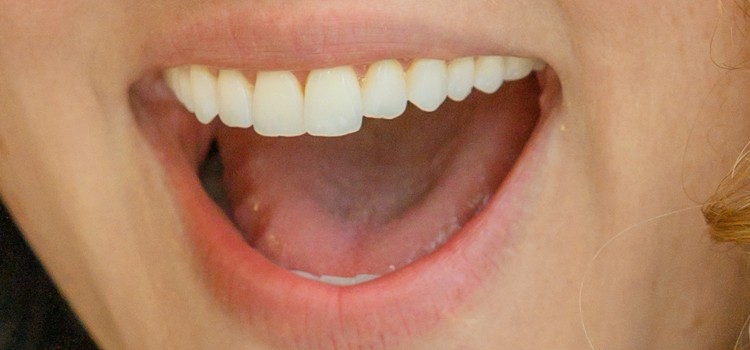A white tongue, often referred to as coated tongue, is a common occurrence. It happens when bacteria, fungi, and dead cells get trapped between the inflamed papillae (small, taste bud-containing bumps) on your tongue’s surface. This can result in a full white coating, small white patches, or a furry appearance. While usually harmless, a persistent white tongue could indicate an underlying health issue. If the white coating doesn’t clear up or worsens, consult a dentist or doctor.
Common Causes of a White Tongue
Several factors contribute to a white tongue, ranging from oral hygiene to underlying medical conditions.
Poor Oral Hygiene
Insufficient brushing and flossing allows bacteria to accumulate in the mouth, leading to a white coating on the tongue.
Smoking and Alcohol Consumption
Alcohol’s diuretic effect reduces saliva production, drying out the mouth. Smoking restricts oxygen in the bloodstream, contributing to gum issues and bacterial plaque buildup, potentially causing a white tongue.
Oral Thrush
Oral thrush, a fungal infection caused by Candida yeast overgrowth, can manifest as white patches or a hairy white tongue. Antibiotic use can disrupt the mouth’s natural flora, increasing the risk of oral thrush.
Leukoplakia and Geographic Tongue
Geographic tongue presents as harmless red and white patches resembling a map. Leukoplakia causes white patches on the tongue, gums, and inner cheeks. While usually benign, leukoplakia requires monitoring, as it can sometimes develop into more serious conditions.
Tongue Piercings
Bacteria can accumulate around tongue piercings, leading to infections and a white-coated tongue.
Underlying Medical Conditions
Individuals with compromised immune systems, HIV, diabetes, or hypothyroidism are more susceptible to oral thrush and a white tongue. Syphilis, a sexually transmitted infection, can also cause white spots on the tongue known as syphilitic leukoplakia.
Recognizing White Tongue Symptoms
Besides the visible white coating, bad breath (halitosis), an unpleasant taste in the mouth, and enlarged papillae can accompany a white tongue. These symptoms often result from the increased bacteria or fungi in the mouth.
Effective Treatments for a White Tongue
Most cases of white tongue resolve naturally or with improved oral hygiene.
- Hydration: Drinking plenty of water helps flush out bacteria and keeps the mouth moist.
- Healthy Diet: A balanced diet supports overall health, including oral health.
- Lifestyle Changes: Avoiding smoking and excessive alcohol consumption promotes a healthier oral environment.
- Tongue Scraping: Using a tongue scraper can effectively remove bacteria and debris from the tongue’s surface.
If your white tongue persists despite these measures, consult a dental professional for personalized advice and treatment options.
Preventing White Tongue
Maintaining excellent oral hygiene is crucial for preventing a white tongue.
- Brush and Floss Regularly: Thoroughly cleaning your teeth and tongue twice daily removes bacteria and food particles.
- Regular Dental Checkups: Professional cleanings and examinations help remove plaque and tartar buildup, promoting optimal oral health.
Conclusion
A white tongue is typically a harmless condition caused by poor oral hygiene, but it can sometimes indicate underlying health issues. Practicing good oral hygiene, staying hydrated, and making healthy lifestyle choices can help prevent and treat a white tongue. If your concerns persist, consult a dental professional for diagnosis and guidance. They can rule out more serious conditions and recommend the best course of action for your specific situation.
